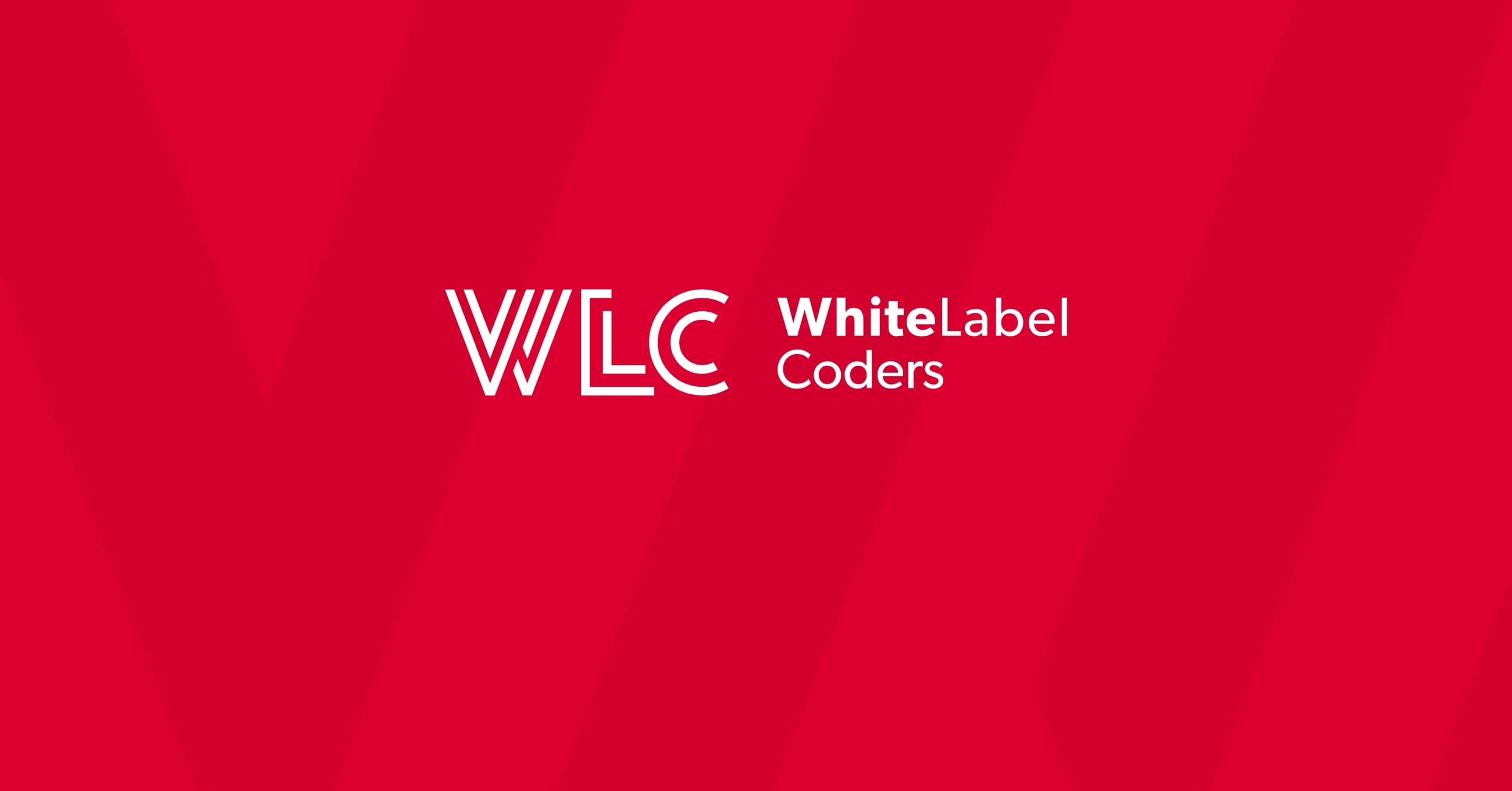Category: WooCommerce
What are the limitations of WooCommerce?

While WooCommerce stands as the leading e-commerce solution for WordPress, offering impressive flexibility and accessibility for online store owners, it comes with several constraints worth considering. Performance challenges with larger catalogs, extension dependencies, specialized hosting requirements, and feature limitations compared to dedicated platforms can impact scalability and functionality for growing businesses. Understanding these constraints is essential for making informed decisions about your e-commerce platform.
What are the limitations of WooCommerce?
WooCommerce powers millions of online stores worldwide thanks to its WordPress integration and open-source flexibility. However, several notable constraints can affect its performance and suitability for certain business scenarios. The platform may struggle with resource management when handling extensive product catalogs, potentially resulting in slower loading times and diminished user experience.
Another significant consideration is extension dependency. While the core plugin is free, many essential functionalities require additional plugins or extensions, which can increase complexity and costs. For instance, features like multi-currency support, advanced shipping calculations, or sophisticated inventory management often necessitate premium add-ons.
WooCommerce also places considerable demands on hosting infrastructure. Unlike fully-hosted solutions, it requires carefully optimized server configurations to maintain performance, especially as your store grows. This often means upgrading from basic shared hosting to more costly managed WordPress hosting services.
Finally, WooCommerce has built-in feature limitations compared to dedicated e-commerce platforms. Certain enterprise-level capabilities like advanced B2B features or omnichannel selling might require extensive customization or may not be as smoothly implemented as on specialized platforms designed specifically for those purposes.
Does WooCommerce slow down my website?
WooCommerce can impact your website’s performance, particularly as your store grows in complexity. The plugin significantly increases the WordPress database load by adding numerous tables to manage products, orders, and customer information. For stores with large inventories, these database queries can become resource-intensive, affecting page load times.
Plugin interactions represent another potential performance bottleneck. Each additional WooCommerce extension increases the code that needs to be processed on each page load. With the average WooCommerce store using 15-20 plugins, these interactions can create conflicts and inefficiencies that further diminish site speed.
Image optimization challenges also commonly affect WooCommerce stores. Product catalogs typically include numerous high-resolution images that, if not properly optimized, can drastically slow down page loading. While WordPress offers basic image handling, WooCommerce stores often require additional optimization solutions to maintain performance.
Server resource consumption increases substantially with WooCommerce. The platform requires significantly more CPU, memory, and database resources than a standard WordPress site. During high-traffic periods or checkout processes, these resource demands can spike dramatically, potentially leading to slow response times or even temporary site failures without adequate hosting provisions.
How many products can WooCommerce handle?
WooCommerce’s product capacity technically has no hard-coded limit, but practical constraints emerge as catalog size increases. Most WooCommerce stores maintain optimal performance with catalogs ranging from a few hundred to approximately 5,000 products. Beyond this threshold, many stores begin experiencing noticeable slowdowns without significant optimization efforts.
Performance degradation typically follows predictable patterns as inventory sizes grow. Stores with 1,000-2,500 products generally maintain acceptable performance on standard optimized hosting. Between 2,500-10,000 products, specialized hosting configurations and extensive performance optimizations become necessary. Inventories exceeding 10,000 products often require enterprise-level hosting solutions and may still face challenges during high-traffic periods.
Technical constraints affecting large catalogs primarily relate to database efficiency. WooCommerce stores product data across multiple database tables, creating complex queries when filtering or searching through extensive catalogs. Each product variation (size, color, etc.) is stored as a separate entry, meaning a single product with multiple options can generate dozens of database records, further amplifying these challenges.
Additionally, admin dashboard performance becomes increasingly problematic with larger catalogs. Store managers may experience significant delays when updating products, processing orders, or generating reports once catalogs exceed certain thresholds, affecting operational efficiency beyond just customer-facing performance.
Is WooCommerce good for high-traffic stores?
WooCommerce can support high-volume traffic, but requires substantial infrastructure investments to do so effectively. Server requirements increase exponentially with traffic volumes, typically necessitating dedicated hosting solutions with optimized configurations for busy stores. At minimum, high-traffic WooCommerce stores require dedicated resources with multiple CPU cores, 8GB+ RAM, and SSD storage to handle concurrent visitors.
Caching limitations present particular challenges for WooCommerce stores. While static content caching works well for informational pages, dynamic elements like shopping carts, checkout pages, and personalized content cannot be fully cached. This means high-traffic stores must rely more heavily on raw server performance for these critical conversion-focused pages.
The checkout process creates notable bottlenecks during peak periods. Each checkout attempt generates multiple database write operations for order creation, inventory updates, and customer information storage. During traffic spikes, these intensive operations can overwhelm database resources, leading to slower checkout experiences or even failed transactions if the infrastructure isn’t properly scaled.
Successful high-traffic WooCommerce implementations typically employ advanced solutions like load balancing across multiple servers, dedicated database servers, and content delivery networks. While these approaches can effectively scale WooCommerce, they add significant complexity and cost compared to SaaS platforms specifically designed for high-volume operations.
What are the hidden costs of using WooCommerce?
While WooCommerce itself is free, operating a complete, functional store involves several often-unexpected expenses. Premium extensions represent one of the largest hidden costs, with most stores requiring multiple paid add-ons for essential functionality. Common needs include advanced shipping calculators ($79-199/year), payment gateway extensions ($79-199/year), and subscription management tools ($199-299/year). A typical professional WooCommerce store might invest $500-1,500 annually in extensions alone.
Specialized hosting requirements further increase total ownership costs. Basic shared hosting plans ($5-10/month) rarely provide adequate performance for WooCommerce. Most successful stores require managed WordPress hosting specifically optimized for WooCommerce, typically starting at $30-60/month for smaller stores and scaling to $100-300+/month for busier operations.
Developer customizations frequently become necessary for store-specific requirements. Even with premium themes and plugins, most businesses eventually need custom development for specific workflows, integrations, or design elements. Professional WooCommerce development typically ranges from $50-150/hour, with even modest customization projects often requiring several thousand dollars of investment.
Security measures add another layer of essential costs. Payment processing on WooCommerce requires proper security implementation, potentially including SSL certificates ($50-300/year), specialized security plugins ($50-200/year), and PCI compliance measures. Finally, ongoing maintenance requirements, including regular updates to WordPress, WooCommerce, themes, and plugins, demand either consistent time investment or professional maintenance services ($50-200/month).
Can WooCommerce handle multiple currencies effectively?
WooCommerce’s native multi-currency capabilities are quite limited. The core platform allows store owners to select a single base currency, but doesn’t provide built-in functionality for displaying or accepting payments in multiple currencies. This significant limitation affects international sellers who wish to provide localized shopping experiences.
Currency conversion features in WooCommerce require third-party extensions. Popular options like Currency Switcher for WooCommerce ($50-100/year) or WPML with WooCommerce Multilingual ($79-159/year) add this functionality, but introduce additional costs and complexity. These solutions typically offer automatic exchange rate updates and currency symbol display, but implementation requires careful configuration.
Tax calculation becomes particularly complex in multi-currency scenarios. WooCommerce’s basic tax settings aren’t designed to handle the intricate requirements of international sales with multiple currencies. Each jurisdiction may have different tax rules that apply based on the displayed currency, customer location, and product type, creating compliance challenges that the core platform doesn’t adequately address.
For global selling, comprehensive third-party solutions become practically mandatory. Businesses seriously pursuing international markets often need to implement more robust systems like Aelia Currency Switcher ($129/year) combined with specialized tax management plugins. Alternatively, some businesses opt for dedicated global commerce platforms that offer more seamless multi-currency and international tax management than what’s feasible with WooCommerce’s extension-based approach.
How secure is WooCommerce compared to other platforms?
WooCommerce security is inextricably linked to WordPress security, creating both advantages and vulnerabilities. As the world’s most popular content management system, WordPress faces constant security scrutiny and attack attempts. This WordPress dependency means WooCommerce stores inherit the broader security concerns of the WordPress ecosystem, including potential vulnerabilities in themes, plugins, and the core software.
Update management presents significant security challenges for WooCommerce stores. A typical installation includes WordPress core, the WooCommerce plugin, a theme, and numerous additional plugins—each requiring regular updates to patch security vulnerabilities. Failure to promptly apply these updates creates security exposure, yet testing updates across this complex ecosystem requires diligence to prevent compatibility issues that could affect store functionality.
PCI compliance considerations are more demanding for WooCommerce than fully-hosted alternatives. Store owners bear greater responsibility for security measures like proper data handling, secure coding practices, and regular security scans. While payment gateway extensions often handle much of the sensitive payment data processing, the overall security burden remains higher with WooCommerce.
Compared to SaaS platforms like Shopify or BigCommerce, WooCommerce requires more hands-on security management. However, when properly maintained with security best practices, regular updates, and quality hosting, WooCommerce can offer comparable security. The key difference lies in who bears responsibility for security maintenance—with WooCommerce, that responsibility falls primarily on the store owner rather than the platform provider.
What are the alternatives to WooCommerce?
Several e-commerce platforms address various WooCommerce limitations through different approaches. Shopify stands as perhaps the most prominent alternative, offering an all-inclusive hosted solution that eliminates most technical maintenance concerns. With built-in payment processing, hosting, and security, Shopify provides greater simplicity but less flexibility than WooCommerce. Pricing typically ranges from $29-299/month plus transaction fees, making it potentially more expensive but more predictable than WooCommerce’s variable cost structure.
Magento represents a more enterprise-focused alternative, particularly suited for large catalogs and complex business requirements. Its robust architecture handles product catalogs of 100,000+ items more efficiently than WooCommerce, but requires significantly greater technical expertise and investment. The open-source Community Edition offers flexibility similar to WooCommerce but with better enterprise capabilities, while Magento Commerce (now Adobe Commerce) provides additional features with licensing costs starting at several thousand dollars annually.
BigCommerce offers a middle ground, combining SaaS convenience with greater customization options than Shopify. Its native multi-currency support, robust API, and headless commerce capabilities address several WooCommerce limitations without requiring self-hosting. Plans range from $29-299/month with no transaction fees, making it competitive for growing mid-sized businesses.
Custom solutions built on frameworks like Laravel, React, or Node.js represent another alternative for businesses with unique requirements. These bespoke approaches eliminate platform limitations entirely but require the highest initial investment, typically starting at $30,000-50,000 for professional development. For businesses with specific workflows that don’t align well with existing platforms, custom development may ultimately prove more cost-effective than extensive WooCommerce customization.
Is WooCommerce SEO friendly?
WooCommerce builds upon WordPress’s strong SEO foundation, but introduces e-commerce specific challenges. URL structure issues sometimes arise with WooCommerce’s product and category pages. The platform creates relatively complex URL structures, particularly for filtered product views, which can create duplicate content concerns and dilute SEO value. While customizable, addressing these structural issues often requires technical expertise.
Metadata control in WooCommerce provides basic functionality but lacks advanced features. The platform allows setting titles and descriptions for products and categories, but more sophisticated metadata management—like automated meta descriptions based on product attributes or bulk editing capabilities—typically requires additional plugins like Yoast SEO or Rank Math.
Schema implementation represents another area where WooCommerce provides basic functionality that often needs enhancement. While the platform includes some product structured data, comprehensive schema implementation—covering aspects like reviews, availability, and rich product attributes—generally requires extension or custom development to fully leverage rich snippets in search results.
Catalog optimization challenges become increasingly apparent as stores grow. WooCommerce’s default architecture can create performance issues with larger catalogs, potentially affecting crawl efficiency and core web vitals scores. Additionally, managing canonical URLs, handling product variations, and preventing duplicate content requires careful configuration beyond WooCommerce’s default settings. While certainly workable with proper optimization, these SEO tasks typically demand more technical attention with WooCommerce than with some dedicated e-commerce platforms.
How to overcome WooCommerce limitations?
Strategic solutions to address common WooCommerce constraints begin with optimized hosting. Investing in quality WooCommerce-specific hosting represents the single most effective way to overcome performance limitations. Look for providers offering server-level optimizations like Redis object caching, optimized MySQL configurations, and content delivery network integration. For stores exceeding a few thousand products, consider managed WooCommerce hosting from providers specializing in high-performance configurations.
Performance tuning beyond hosting can dramatically improve WooCommerce capabilities. Implement a comprehensive optimization strategy including image compression, JavaScript and CSS minification, and browser caching. Plugin optimization is equally crucial—regularly audit and remove unnecessary plugins, and use performance monitoring tools to identify specific bottlenecks affecting your store.
Thoughtful extension selection helps avoid many common pitfalls. Rather than installing plugins for every minor feature, focus on quality over quantity. Research extensions thoroughly, prioritizing those from reputable developers with strong support histories. Consider investing in premium extensions for critical functionality rather than using multiple free alternatives with potential compatibility issues.
For stores with specific requirements, custom development often provides the most effective solution. Professional WooCommerce developers can create tailored solutions that address particular business needs without the bloat of multiple plugins. Important architectural decisions like implementing headless commerce approaches—using WooCommerce as a backend while creating custom frontends—can dramatically expand the platform’s capabilities for specific use cases.
WooCommerce limitations: When should you migrate to another platform?
Determining when a business has outgrown WooCommerce requires analyzing several key indicators. Performance-related trigger points often provide the clearest signals. If your store consistently experiences slow loading times (exceeding 3-4 seconds) despite optimization efforts, or if administrative tasks like product updates and order processing become prohibitively time-consuming, you may have reached WooCommerce’s practical limits for your business scale.
Feature requirements can also necessitate platform migration. When implementation of business-critical features requires extensive customization or complex combinations of plugins that create maintenance challenges, alternative platforms with native support for these features may provide better long-term value. Similarly, if international expansion demands sophisticated multi-currency, multi-language, and global tax capabilities beyond what’s reasonably achievable with WooCommerce, specialized global commerce platforms might be more appropriate.
Maintenance burden represents another important consideration. When update management, compatibility testing, and security maintenance consume disproportionate resources, the operational overhead of WooCommerce may outweigh its benefits. This is particularly true for businesses without dedicated technical teams, where maintenance requirements can detract from core business activities.
Finally, total cost of ownership analysis often reveals when migration makes financial sense. While WooCommerce itself is free, the combined costs of premium extensions, specialized hosting, developer support, and staff time for platform management can eventually exceed the more predictable costs of SaaS alternatives for certain business models. When this tipping point occurs, migration to platforms with more inclusive pricing models may deliver better return on investment, despite higher apparent monthly costs.

